Configuring BIOS Settings
|
This section describes how to view and/or modify the Basic Input/Output System (BIOS) settings on the Sun Fire X4170, X4270, and X4275 Servers. The BIOS Setup utility reports system information and can be used to configure the server BIOS settings.
BIOS has a Setup utility stored in the BIOS flash memory. The configured data is provided with context-sensitive Help and is stored in the system's battery-backed CMOS RAM. If the configuration stored in the CMOS RAM is invalid, the BIOS settings default to the original state specified at the factory.
The following topics are covered:
E.1 Using BIOS Setup Utility Menu Items
You can access BIOS Setup utility screens from the following interfaces:
- Use a USB keyboard, mouse, and VGA monitor connected directly to the server.
- Use a terminal (or terminal emulator connected to a computer) through the serial port on the back panel of the server.
- Connect to the server using the Sun ILOM Remote Console.
To access BIOS configuration screens and to change the system’s parameters, complete the following steps:
1. Power on or power cycle the server.
2. To enter the BIOS Setup utility, press the F2 key while the system is performing the power-on self-test (POST) FIGURE E-1).
FIGURE E-1 Press F2 to Run Setup Prompt

When BIOS is started, the main BIOS Setup utility top-level screen appears (FIGURE E-2). This screen provides seven menu options across the top of the screen.
FIGURE E-2 BIOS Setup Utility - Main Screen
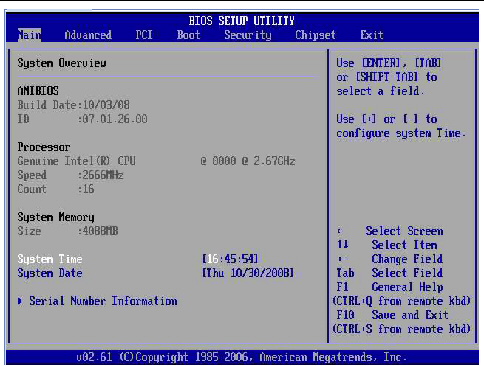
3. Use the left and right arrow keys to select the different menu options.
As you select each menu option, the top-level screen for that menu option appears.
4. To select an option on a top-level screen, use the up and down arrow keys to scroll up and down the options presented.
Only options that can be modified are highlighted when you press the up and down arrow keys.
- If a field can be modified, as you select the option, user instructions for modifying the option appear in the right column of the screen.
- If a field is a link to a sub-screen, instructions to press the Enter key to access the sub screen appear in the right column.
5. Modify the setup field and press the Esc key to save the changes and exit the screen.
Some screens present a confirmation dialog box that enables unwanted changes to be retracted.
6. On sub-screens that only provide configuration information and cannot be modified, press the Esc key to exit the screen.
7. To continue modifying other setup parameters, repeat Step 3 through Step 6. Otherwise, go to Step 8.
8. Press and release the right arrow key until the Exit menu screen appears.
9. Follow the instructions on the Exit menu screen to save or discard your changes and exit the BIOS Setup utility.
E.2 BIOS Setup Screens Overview
TABLE E-1 contains summary descriptions of the top-level BIOS setup screens.
TABLE E-1 BIOS Setup Screens Summary
|
Screen
|
Description
|
See This Section
|
|
Main
|
General product information, including BIOS type, processor, memory, and time/date.
|
BIOS Main Menu Screens
|
|
Advanced
|
Configuration information for the CPU, memory, IDE, Super IO, trusted computing, USB, PCI, MPS and other information.
|
BIOS Advanced Menu Screens
|
|
PCI
|
Configure the server to clear NVRAM during system boot.
|
BIOS PCI Menu Screens
|
|
Boot
|
Configure the boot device priority (storage drives and the DVD-ROM drive).
|
BIOS Setup Utility: Boot - Boot Settings
|
|
Security
|
Set or change the user and supervisor passwords.
|
BIOS Security Menu Screens
|
|
Chipset
|
View the configuration of server chipsets.
|
BIOS Chipset Menu Screens
|
|
Exit
|
Save changes and exit, discard changes and exit, discard changes, or load optimal or fail-safe defaults.
|
BIOS Exit Menu Screens
|
See BIOS Setup Utility Menu Screens for examples of each of these screens.
E.3 BIOS Setup Utility Menu Screens
The following figures show sample Sun Fire X4170, X4270, and X4275 Servers BIOS Setup utility screens.
| Note - The screens shown are examples. The version numbers and the screen items and selections shown are subject to change over the life of the product.
|
All settings are set to the optimal defaults at startup.
The following topics are covered:
E.3.1 BIOS Main Menu Screens
The BIOS Main screens provide general product information, including BIOS, processor, system memory, and system time/date.
The Sun Fire X4170, X4270, and X4275 Servers have the following BIOS Main screens.
FIGURE E-3 BIOS Setup Utility: Main - System Overview
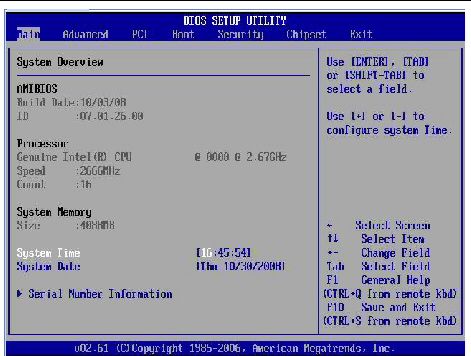
FIGURE E-4 BIOS Setup Utility: Main - Serial Number Information
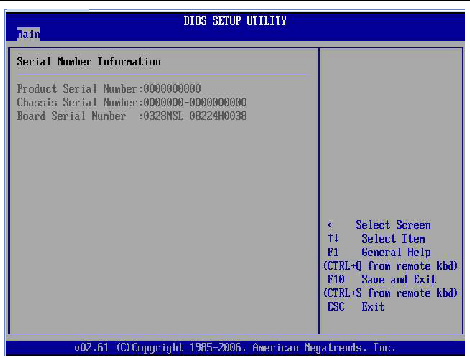
E.3.2 BIOS Advanced Menu Screens
The BIOS Advanced screens provide detailed configuration information for the CPU, memory, IDE, Super IO, trusted computing, USB, PCI, MPS and other system information.
The Sun Fire X4170, X4270, and X4275 Servers have the following BIOS Advanced screens.
FIGURE E-5 BIOS Setup Utility: Advanced - Advanced Settings

FIGURE E-6 BIOS Setup Utility: Advanced - Configure Advanced CPU Settings

FIGURE E-7 BIOS Setup Utility: Advanced - On-board SATA Configuration

FIGURE E-8 BIOS Setup Utility: Advanced - AHCI Port 0 Configuration
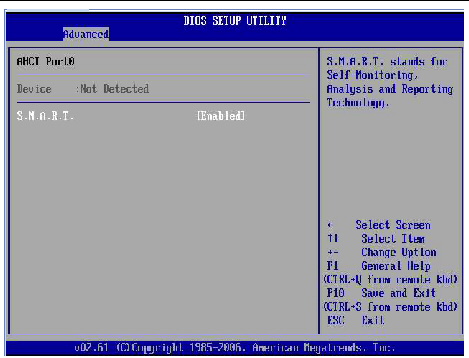
FIGURE E-9 BIOS Setup Utility: Advance - ACPI Settings

FIGURE E-10 BIOS Setup Utility: Advanced - Advanced ACPI Configuration
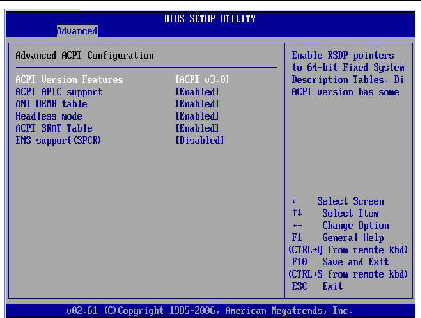
FIGURE E-11 BIOS Setup Utility: Advanced - Event Logging Details
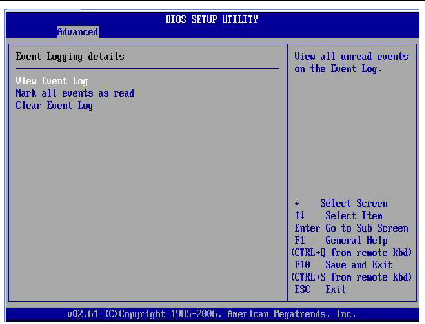
FIGURE E-12 BIOS Setup Utility: Advanced - View Event Log
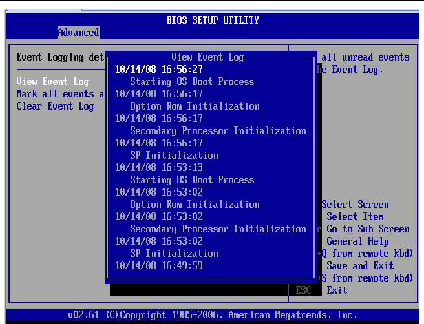
FIGURE E-13 BIOS Setup Utility: Advanced - IPMI Configuration

FIGURE E-14 BIOS Setup Utility: Advanced - LAN Configuration
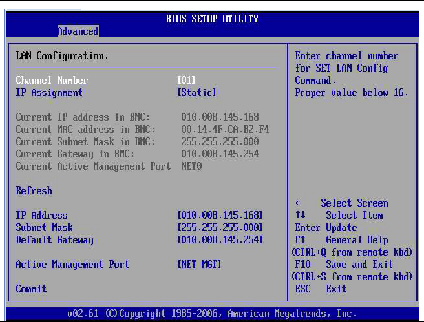
FIGURE E-15 BIOS Setup Utility: Advanced - Total Number of Entries
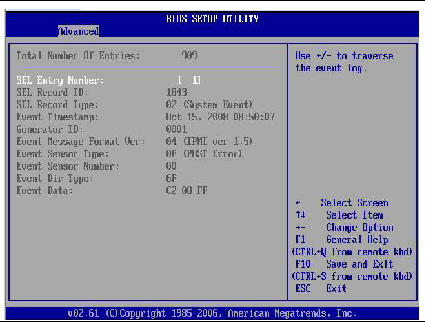
FIGURE E-16 BIOS Setup Utility: Advanced - Intel VT-d Configuration

FIGURE E-17 BIOS Setup Utility: Advanced - MPS Configuration
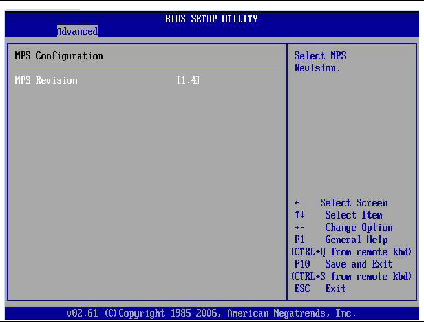
FIGURE E-18 BIOS Setup Utility: Advanced - Configure Remote Access Type and Parameters

FIGURE E-19 BIOS Setup Utility: Advanced - Trusted Computing Configuration
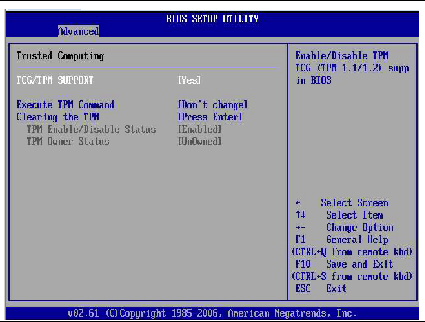
FIGURE E-20 BIOS Setup Utility: Advanced - USB Configuration
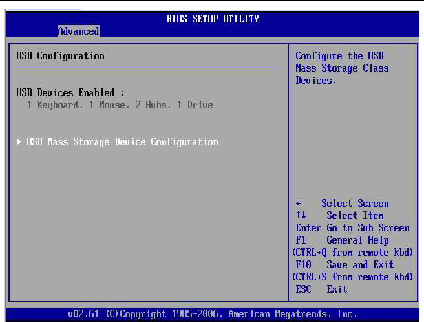
FIGURE E-21 BIOS Setup Utility: Advanced - USB Mass Storage Device Configuration

E.3.3 BIOS PCI Menu Screens
The BIOS PCI screen enables you to configure the server to clear NVRAM during system boot.
The Sun Fire X4170, X4270, and X4275 Servers have the following BIOS PCI screen.
FIGURE E-22 BIOS Setup Utility: PCI - Advanced PCI Settings
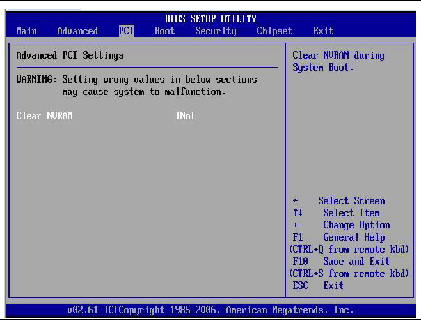
E.3.4 BIOS Boot Menu Screens
The BIOS Boot screens enable you to configure the boot device priority (storage drives and the DVD-ROM drive).
The Sun Fire X4170, X4270, and X4275 Servers have the following BIOS Boot screens.
FIGURE E-23 BIOS Setup Utility: Boot - Boot Settings
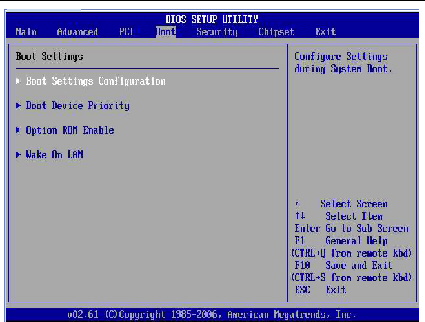
FIGURE E-24 BIOS Setup Utility: Boot - Boot Settings Configuration
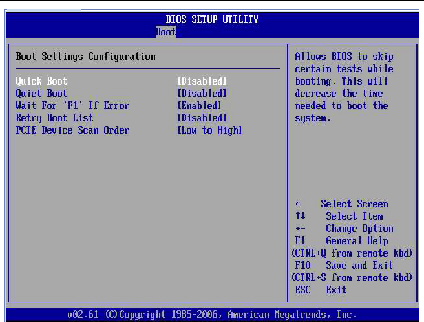
FIGURE E-25 BIOS Setup Utility: Boot - Boot Device Priority
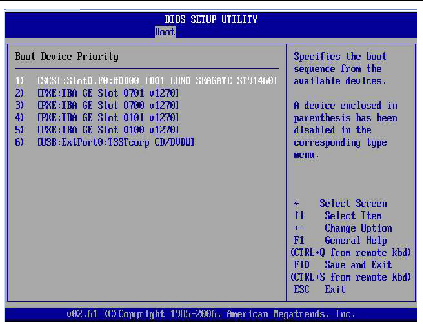
FIGURE E-26 BIOS Setup Utility: Boot - Option ROM Configuration
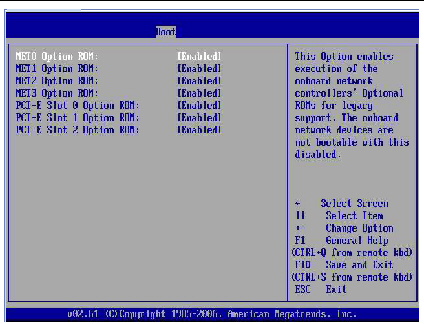
FIGURE E-27 BIOS Setup Utility: Boot - Wake On LAN Configuration
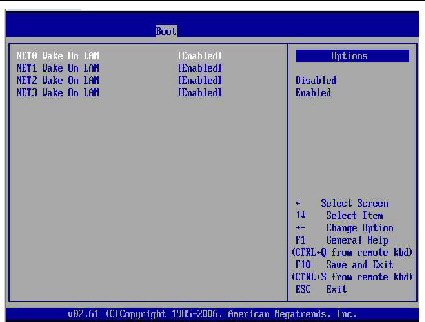
E.3.5 BIOS Security Menu Screens
The BIOS Security screens enable you to set or change the supervisor and user passwords.
The Sun Fire X4170, X4270, and X4275 Servers have one BIOS Security screen.
FIGURE E-28 BIOS Setup Utility: Security - Security Settings

E.3.6 BIOS Chipset Menu Screens
The BIOS Chipset screens enable you to set the chipset parameters.
The Sun Fire X4170, X4270, and X4275 Servers have the following BIOS Chipset screens.
FIGURE E-29 BIOS Setup Utility: Chipset - Advanced Chipset Settings
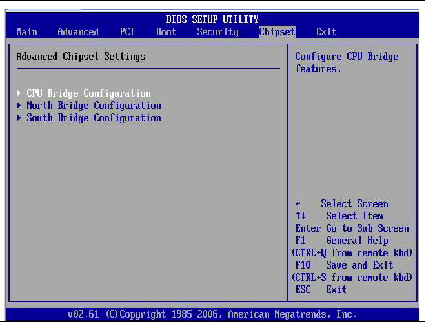
FIGURE E-30 BIOS Setup Utility: Chipset - CPU Bridge Chipset Configuration
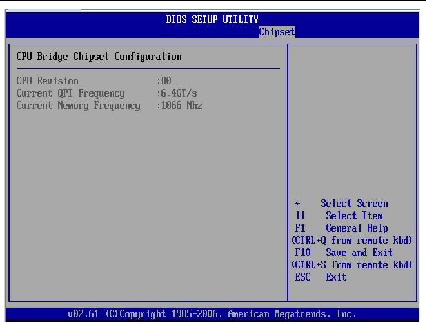
FIGURE E-31 BIOS Setup Utility: Chipset - North Bridge Chipset Configuration
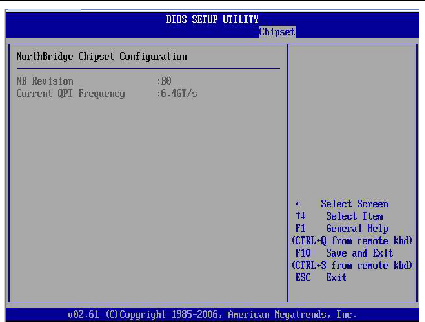
FIGURE E-32 BIOS Setup Utility: Chipset - South Bridge Chipset Configuration
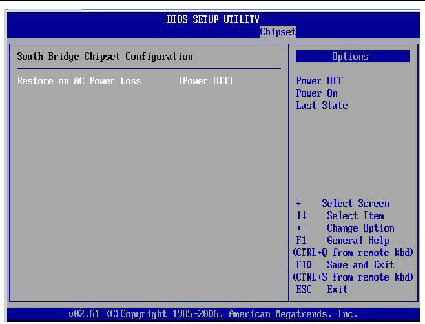
E.3.7 BIOS Exit Menu Screens
The BIOS Exit options enable you to save changes and exit, discard changes and exit, discard changes, or load optimal defaults (FIGURE E-33).
To select and execute an option, follow these steps:
1. Use the up and down arrow keys to scroll up and down the BIOS Exit options.
2. Press Enter to select the option.
A confirmation dialog box appears (see FIGURE E-34) that enables you to save or cancel the changes and exit the Setup utility.
| Note - The confirmation dialog box is only shown below for the Save Changes and Exit option screen. The other confirmation screens work in a similar way.
|
FIGURE E-33 BIOS Setup Utility: Exit - Exit Options - Save Changes and Exit
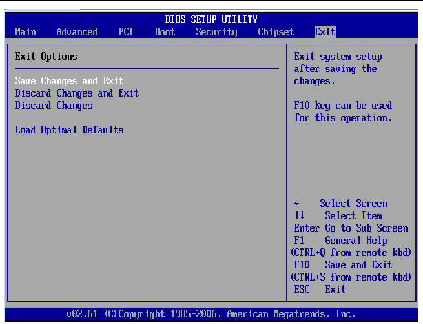
FIGURE E-34 BIOS Setup Utility: Exit - Save Configuration Changes and Exit Confirmation

E.4 Default BIOS Power-On Self-Test (POST) Events
At system startup, the BIOS performs a power-on self-test that checks the hardware on your server to ensure that all components are present and functioning properly. TABLE E-2 identifies the events that can occur during BIOS POST, as well as specifies whether these event can prevent the host from powering-on.
TABLE E-2 BIOS POST Events
|
Event
|
Cause
|
Boot continues on host?
|
|
User password violation
|
Attempt to enter password fails three times
|
No
|
|
Setup password violation
|
Attempt to enter password fails three times
|
No
|
|
Correctable ECC
|
Correctable ECC (error correction code) error detected
|
Does not apply
|
|
Uncorrectable ECC
|
Uncorrectable ECC error detected
|
Does not apply
|
|
No system memory
|
No physical memory detected in the system
|
No
|
|
No usable system memory
|
All installed memory has experienced an unrecoverable failure
|
No
|
|
Hard disk controller failure
|
No disk controller found
|
Yes
|
|
Keyboard failure
|
Keyboard cannot be initialized
|
Yes
|
|
Boot media failure
|
No removable boot media is found
|
Yes
|
|
No video device
|
No video controller is found
|
No
|
|
Firmware (BIOS) ROM corruption
|
BIOS checksum fails and the boot block is not corrupted
|
No
|
|
System restart
|
System boot initiated
|
Yes
|
|
Initiated by hard reset
|
Boot process started by hard reset
|
Yes
|
|
Memory initialization
|
Memory sizing is occurring.
System firmware progress
|
Does not apply
|
|
Primary processor initialization
|
Primary CPU initialization
System firmware progress
|
Does not apply
|
|
Initiated by warm reset
|
Boot process started by warm reset
|
Does not apply
|
|
Embedded controller management
|
Management controller initialization
|
Does not apply
|
|
Secondary processor(s) initialization
|
Secondary CPU initialization asserted
System firmware progress
|
Does not apply
|
|
Video initialization
|
When BIOS initializes keyboard
|
Does not apply
|
|
Keyboard controller initialization
|
When BIOS initializes keyboard
|
Does not apply
|
|
Option ROM initialization
|
BIOS initializes Option ROMs
System firmware progress
|
Does not apply
|
|
Option ROM space exhausted
|
BIOS cannot copy an option to the memory
|
Yes
|
|
User initiated system set up
|
End user initiated access to BIOS Set Up Utility
System firmware progress
|
Does not apply
|
|
User initiated boot to OS
|
System boot initiated
System firmware progress
|
Does not apply
|
|
No bootable media
|
Nothing to boot from
|
No
|
|
PXE server not found
|
Boot error - PXE server not found
F12 key was pressed but BIOS fails to boot from PXE server
|
No
|
|
ACPI Power state
|
Soft-off power applied
|
Does not apply
|
E.5 BIOS POST F1 and F2 Errors
Each power-on-self-test (POST) diagnostic is a low-level test designed to pinpoint faults in a specific hardware component. If the POST diagnostics discloses an F1 or F2 error, it typically reports the following information about the error:
- Type of error detected
- When or where the error occurred
TABLE E-4 lists some of the F1 and F2 error messages that could appear during the POST diagnostics along with instructions for how to possibly resolve the error reported.
E.6 Ethernet Port Device and Driver Naming
The server supports four 10/100/1000BASE-T Gigabit Ethernet ports on the rear of the chassis. For port locations, see FIGURE 1-2.
The device naming for the Ethernet interfaces is reported differently by different interfaces and operating systems. See TABLE E-3 for the physical (BIOS) and logical (operating system) naming conventions used for each interface.
TABLE E-3 Logical Port Naming
|
Interface
|
NET0
|
NET1
|
NET2
|
NET3
|
|
BIOS
|
slot 108
|
slot 109
|
slot 110
|
slot 111
|
|
Solaris 10 10/09
|
igb0
|
igb1
|
igb2
|
igb3
|
|
RHEL 5.4 (64-bit)
|
eth0
|
eth1
|
eth2
|
eth3
|
|
Oracle Enterprise Linux (OEL) 5.4 (64-bit)
|
eth0
|
eth1
|
eth2
|
eth3
|
|
SLES 10 SP3 (64-bit) and
SLES 11 (64-bit)
|
eth0
|
eth1
|
eth2
|
eth3
|
|
Windows 2008
|
net1
|
net2
|
net3
|
net4
|
|
Oracle VM 2.2.1
|
xenbr0
|
xenbr1
|
xenbr2
|
xenbr3
|
|
VMware ESX 4.0 and ESXi 4.0
|
vmnic#
|
vmnic#
|
vmnic#
|
vmnic#
|
TABLE E-4 BIOS POST F1 and F2 Error Messages
|
BIOS POST Error Message
|
Error Type
|
Resolution
|
|
Uncorrectable Error Detected on Last Boot:IOH(0) Protocol Error (Please Check SP Log for more Details)
|
IOH error
|
- Press F1 to continue.
- Check the SP event log in ILOM for more details.
|
|
Uncorrectable Error Detected on Last Boot:IOH(0) QPI [x] Error (Please Check SP Log for more Details)
|
IOH error
|
- Press F1 to continue.
- Check the fault management function and the SP event log in ILOM for more details.
Note - Where QPI [x] equals 0 for QPI Link 0 or 1 for QPI Link 1.
|
|
Uncorrectable Error Detected on Last Boot:IOH(0) PCI-E [x] Error (Please Check SP Log for more Details)
|
IOH error
|
- Press F1 to continue.
- Check the fault management function and the SP event log in ILOM for more details.
Note - Where PCI-E [x] port number can range from 1 to 10 depending on the PCI root port on IOH.
|
|
Uncorrectable Error Detected on Last Boot:IOH(0) ESI Error (Please Check SP Log for more Details)
|
IOH error
|
- Press F1 to continue.
- Check the fault management function and the SP event log in ILOM for more details.
|
|
Uncorrectable Error Detected on Last Boot:IOH(0) Thermal Error(Please Check SP Log for more Details)
|
IOH error
|
- Press F1 to continue.
- Check the fault management function and the SP event log in ILOM for more details.
|
|
Uncorrectable Error Detected on Last Boot:IOH(0) DMA Error (Please Check SP Log for more Details)
|
IOH error
|
- Press F1 to continue.
- Check the SP event log for more details.
|
|
Uncorrectable Error Detected on Last Boot:IOH(0) Miscellaneous Error (Please Check SP Log for more Details)
|
IOH error
|
- Press F1 to continue.
- Check the fault management function and the SP event log in ILOM for more details.
|
|
Uncorrectable Error Detected on Last Boot:IOH(0) VTd Error (Please Check SP Log for more Details)
|
IOH error
|
- Press F1 to continue.
- Check the SP event log in ILOM for more details.
|
|
BMC Not Responding
|
ILOM error
|
Note - This error message might display if during the SP/BIOS communication an internal error occurs. This error might require you to restart the SP.
|
- Primary Slave Hard Disk Error
- Primary Master Hard Disk Error
- Secondary Master Hard Disk Error
- Secondary Slave Hard Disk Error
|
IDE/ATAPI error
|
- Press F1 to continue.
- Check the SP event log in ILOM for more details.
Note - These type of error messages display when the BIOS is attempting to configure IDE/ATAPI devices in POST.
|
|
Timer Error
|
8254 timer error
|
- Press F1 to continue.
- Check the SP event log in ILOM for more details.
Note - This type of error typically indicates an error while programming the count register of channel 2 of the 8254 timer. This could indicate a problem with system hardware.
|
|
RAM R/W test failed
|
Memory test failure
|
- Press F1 to continue.
- Check the SP event log in ILOM for more details.
Note - This type of error typically indicates that the RAM read/write test failed.
|
|
KBC BAT Test failed
|
Keyboard controller basic assurance test error
|
- Press F1 to continue.
- Check the SP event log in ILOM for more details.
Note - Keyboard controller BAT test failed. This error might indicate a problem with keyboard controller initialization.
|
|
Display memory test failed
|
Video display error
|
- Press F1 to continue.
- Check the SP event log in ILOM for more details.
|
|
CMOS Battery Low
|
CMOS battery error
|
- Press F2 to enter BIOS Setup Utility to load system defaults.
- Check the SP event log in ILOM for more details.
- If necessary, replace CMOS battery.
|
- CMOS Checksum Bad
- CMOS Date/Time Not Set
|
CMOS error
|
- Press F2 to enter BIOS Setup Utility to load system defaults.
- Check the SP event log in ILOM for more details.
|
|
Password check failed
|
Password check error
|
- Press F1 to continue.
- Check the SP event log in ILOM for more details.
Note - This type of error indicates that the password entered does not match the password specified in the BIOS Setup Utility. This condition might occur for both Supervisor and User password verification.
|
|
Keyboard/Interface Error
|
Keyboard controller error
|
- Press F1 to continue.
- Check the SP event log in ILOM for more details.
Note - This type of error indicates that the Keyboard Controller failure. This error might indicate a problem with system hardware.
|
|
S.M.A.R.T error on the drive
|
S.M.A.R.T device error
|
- Press F1 to continue.
- Check the SP event log in ILOM for more details.
Note - S.M.A.R.T. failure messages might indicate the need to replace the storage device.
|

































